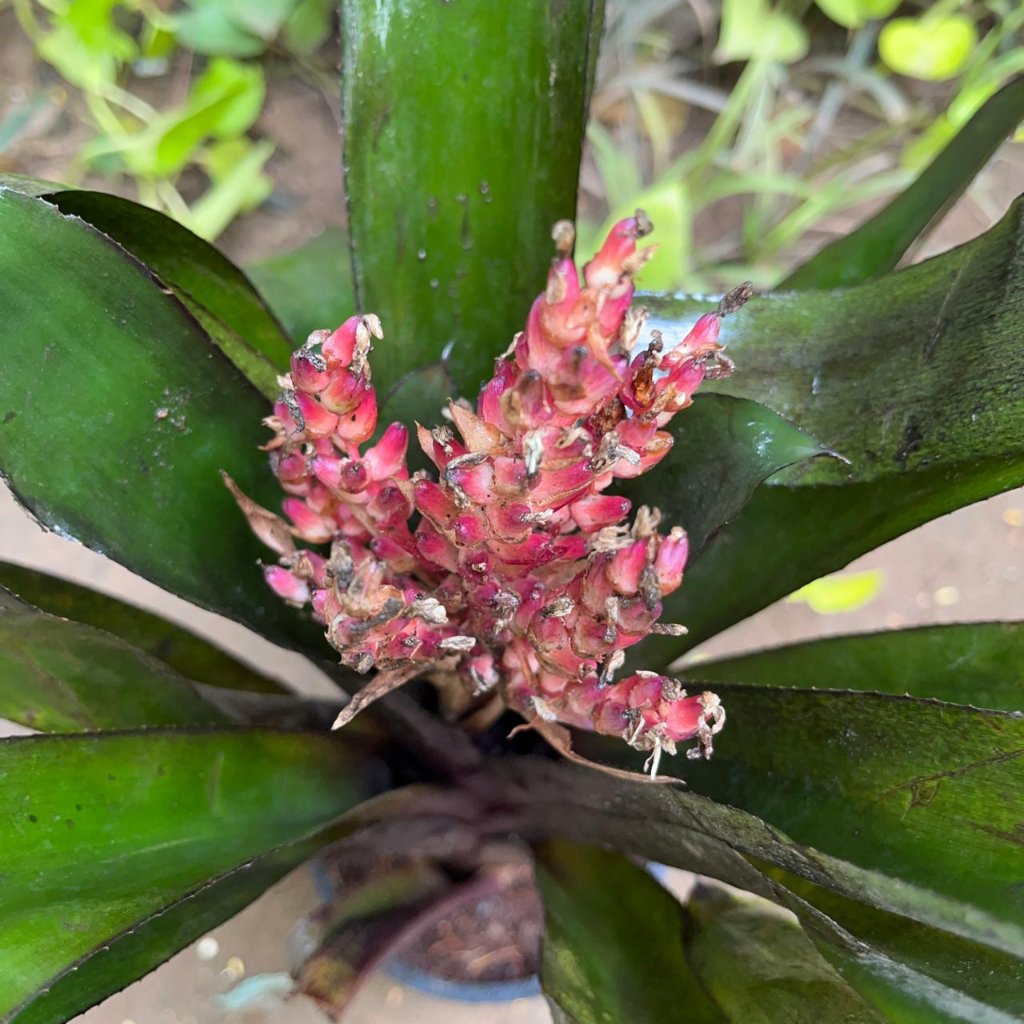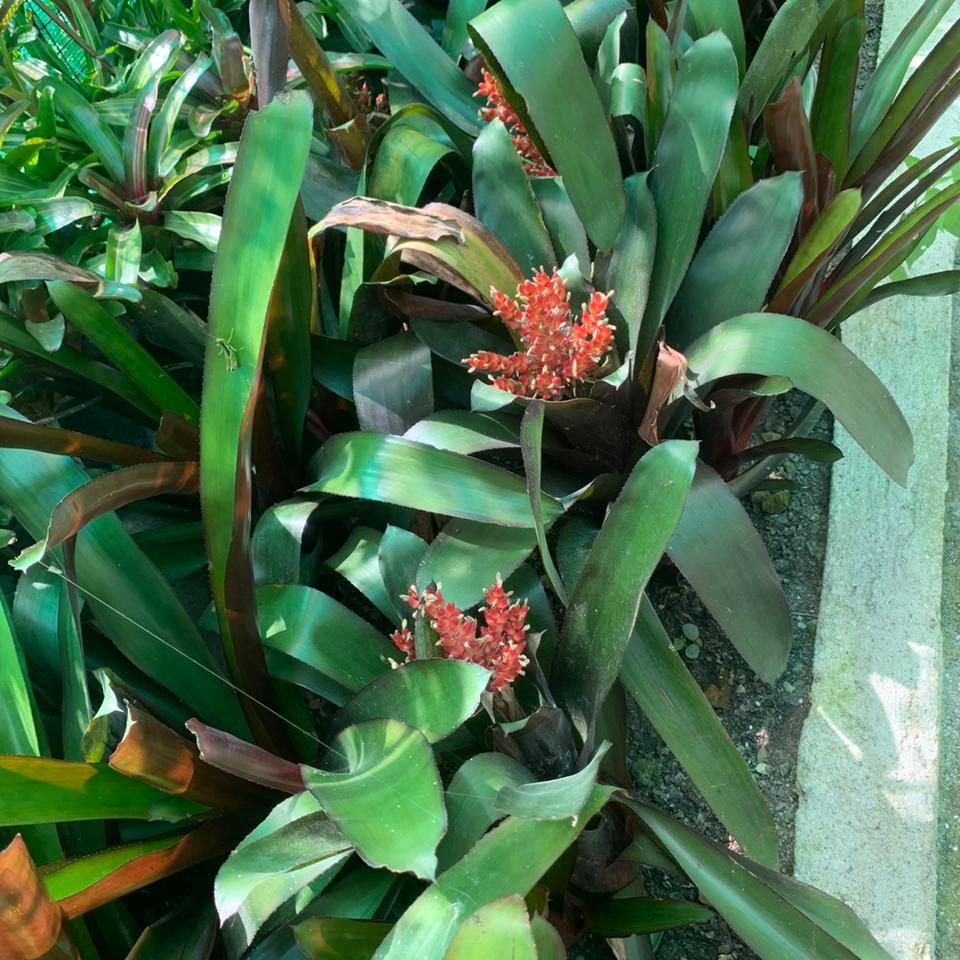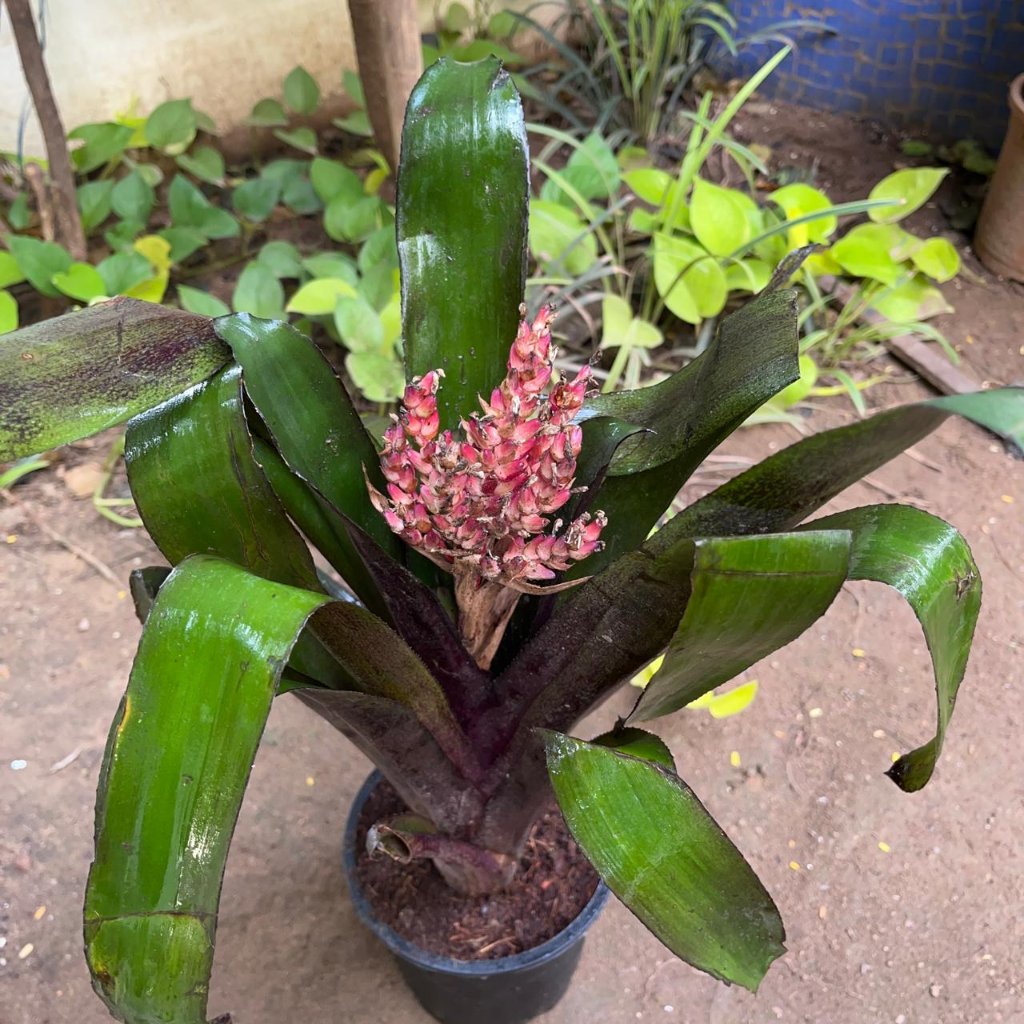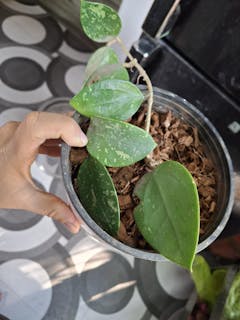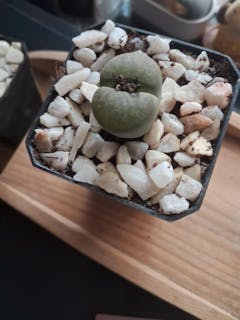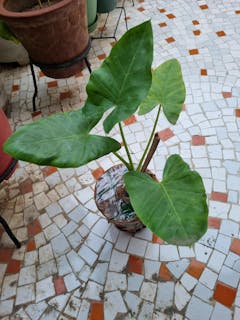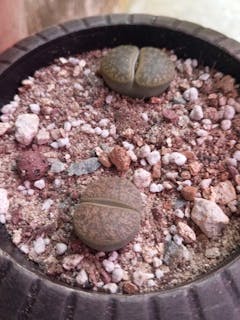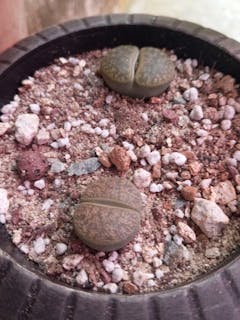Caring for Aechmea is not difficult, they only require the center vase to be watered and not the soil. In fact, in their natural habitat they do not need soil and will grow on trees. The roots are very small on this plant compared to most house plants and do not take water and nutrients from the root system.
Aechmea are very adaptable to a wide range of light. They will thrive in shaded areas as well as areas with bright indirect sunlight. Aechmea are more tolerant of dense shade than other common bromeliads. The more sunlight a Aechmea receives, the more humidity it will need to avoid scorching the leaves. Aechmea foliage will also become more brilliant in color when exposed to more light. Moderate temperatures are preferred by Aechmea.
Like many bromeliads, Aechmea are primarily epiphytic so they take in water and nutrients through the central tank. They are easily susceptible to crown rot. If the potting medium they are planted in remains soggy or moist, the roots will rot and ultimately destroy the plant. It is important to make sure the tank of the Aechmea remains wet, but not the potting medium. It is also necessary to flush the tank with fresh water weekly. This will prevent build up on the leaves and will also prevent insect development and stagnation. Using rainwater or distilled water to fill the tank will prevent a saline build up on the leaves. One can also provide humidity by misting the entire plant with a spray bottle.
Aechmea can be fertilized using a slightly acidic fertilizer diluted to a quarter of the recommended strength. During the growing season, thoroughly coat the all surfaces of the foliage with the diluted solution at least twice a month.
Aechmea 'Red Candle'
Family
Bromeliaceae
Origin
Brazil
Description
Aechmea miniate , commonly called urn plant or silver vase plant, is an epiphytic bromeliad. This is a stemless plant that typically grows 1-3' tall in a basal rosette of stiff, arching, broad, strap-shaped, elliptic-oval, green/brown leaves which resemble an urn. underleaf is rich maroon . An urn plant shoot blooms only once and then dies. But the bloom is spectacular. Inflorescence is a dense pyramidal head consisting of small violet flowers (mature to red) which are surrounded by showy pink bracts. Bracts remain showy for several months. Offsets (pups) form at the base of this shoot (mother plant). Offsets can be transplanted as new plants after the original plant dies (wait until they reach 6" tall to transplant). Many cultivars, some featuring variegated leaves, have been developed.
Environment
Caring for Aechmea is not difficult, they only require the center vase to be watered and not the soil. In fact, in their natural habitat they do not need soil and will grow on trees. The roots are very small on this plant compared to most house plants and do not take water and nutrients from the root system.
Aechmea are very adaptable to a wide range of light. They will thrive in shaded areas as well as areas with bright indirect sunlight. Aechmea are more tolerant of dense shade than other common bromeliads. The more sunlight a Aechmea receives, the more humidity it will need to avoid scorching the leaves. Aechmea foliage will also become more brilliant in color when exposed to more light. Moderate temperatures are preferred by Aechmea.
Like many bromeliads, Aechmea are primarily epiphytic so they take in water and nutrients through the central tank. They are easily susceptible to crown rot. If the potting medium they are planted in remains soggy or moist, the roots will rot and ultimately destroy the plant. It is important to make sure the tank of the Aechmea remains wet, but not the potting medium. It is also necessary to flush the tank with fresh water weekly. This will prevent build up on the leaves and will also prevent insect development and stagnation. Using rainwater or distilled water to fill the tank will prevent a saline build up on the leaves. One can also provide humidity by misting the entire plant with a spray bottle.
Aechmea can be fertilized using a slightly acidic fertilizer diluted to a quarter of the recommended strength. During the growing season, thoroughly coat the all surfaces of the foliage with the diluted solution at least twice a month.
Like other bromeliads, Aechmea produce only one flower during its life cycle. Once the plant is finished flowering it will produce offspring called pups. These pups are exact replicas of the mother plant and can be removed and repotted once they reach half the size of the original plant. Because pups are usually top heavy it may be necessary to stake the plant until mature roots have formed to anchor the plant in the potting medium
Landscape Uses
Suitable for Container, Rock Garden & Xeriscaping

